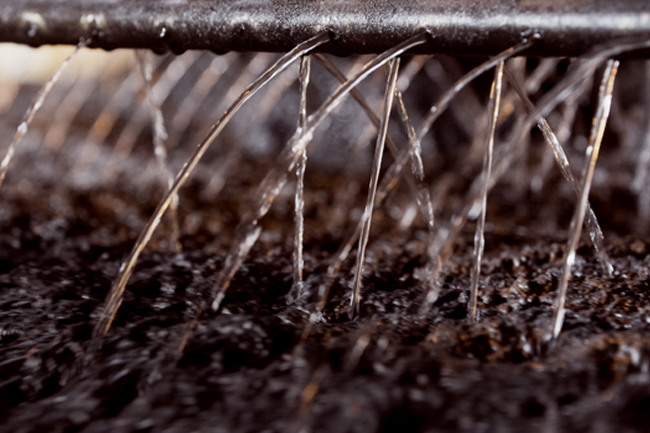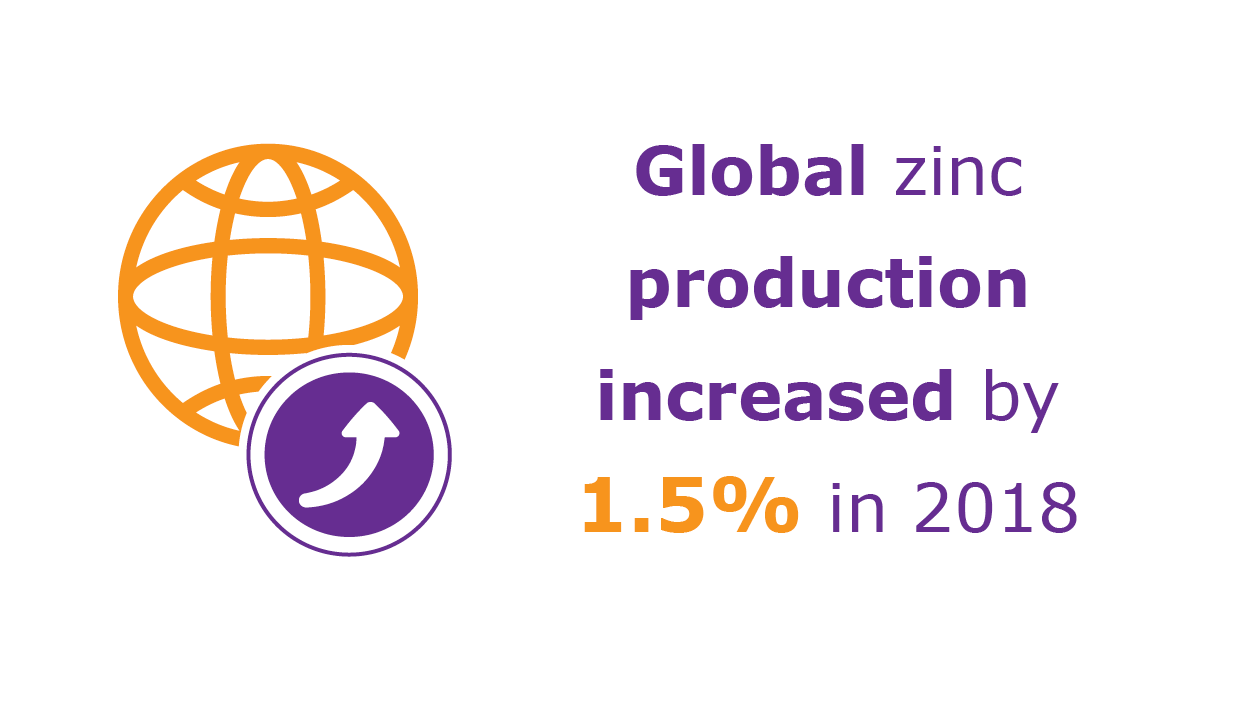Mine wastewater translated into clean drinking water for 80 000 people… Who would have ever thought it possible? But that is what Anglo American – in conjunction with BHP Billiton – brought to the local community living near the Emalahleni coalfield in Mpumalanga.
Their ZAR300 million water-recycling plant converts millions of litres of water from underground coal mines into potable water. This equates to some 20% of Emalahleni’s water needs. It is also used in Anglo’s local operations, making the firm self-sufficient.
Under the company’s enterprise develop-ment arm, Zimele, some of the plant’s water is also used for the retail bottling industry. What makes this achievement all the more remarkable is the fact that while mining companies have, of course, recycled waste water before, it had never been of good enough quality to drink. Anglo provided a best-practice model for others to follow, winning them international accolades as well as a host of awards.
Anthony Turton is a South African scientist specialising in water resource management and a water affairs and environmental advisor. He lauds Anglo’s model, praising former CEO of Anglo Coal John Wallington for driving the project, despite no perceived financial benefits.
‘He was one of the most enlightened people in that field,’ says Turton. As outlined by the Financial Mail last year, the Emalahleni template was followed by Glencore Xstrata’s ZAR600 million water-treatment plant, which also addresses the flow of the resource into its mines. Revenue from selling this water back to the nearby Steve Tshwete municipality offsets some of the company’s operating costs.
Glencore’s Katanga mine in the DRC can also offer useful insights. The complex is ‘over 50 years old and had been maintained poorly by previous operators’, according to a sustainability report published by the firm. ‘For many years before Glencore’s investment, it had been discharging wastewater without treatment. There was unrestricted discharge of effluents into local surface water.
‘Since 2009, Glencore has worked hard to address these legacy issues, including an investment of over US$40 million, installing more than 20 km of piping infrastructure, a lime plant for neutralisation, a tailings disposal system, specialised pumps and water-treatment plants.’
For most mining houses, water is a top focus of their sustainability efforts. Peruse any company report and the recycling and reuse of water will feature as a priority. There are also at least two global conferences taking place in South Africa alone this year that focus on mining and water solutions.
Of course, it’s not just a moral issue or about meeting environmental commitments. Water operations are driven by a strong business imperative. In a 2012 interview with Mining IQ, Sam Luoma, chief advisor of environment for Africa at Rio Tinto, put it succinctly: ‘Water scarcity, water excess, water access and extreme climatic events have the potential to limit production and growth, affect reputation, and affect the company’s social licence to operate in crucial locations.’
It’s not just a moral issue or about meeting environmental commitments. Water operations are driven by a strong business imperative
Economic factors – such as a drop in commodity prices – have also pushed mines to review their operations, decrease costs and improve efficiency in all their activities. Globally, and especially in Africa, the focus is one of idea sharing, developing innovative new technologies and lowering costs. And it’s so much more than just producing clean drinking water.
Not only does recycled water satisfy human consumption but it can also be used in industry, and extracted by-products can be sold and reused. The gypsum sludge produced as a by-product at Emalahleni, for example, is sold to the manufacturing industry for gypsum board and building materials.
In its 2014 sustainability report, Anglo reported that with more than 70% of its mines located in water-stressed areas, the firm has established an advanced water strategy, achieving an estimated 16% saving against projected water usage in 2013.
Rio Tinto, the world’s biggest mining company, states in its own detailed water report that some 17% of water across the group is recycled, ‘with some sites recycling up to 70% – as well as sourced from external recycling and treatment plants. At many sites, we replace high-quality (potable) water with poorer-quality water to help conserve local water supplies’.
Rio Tinto has also won international awards for best practice, one of these being at the 2011 Global Water Awards presented at the Global Water Summit in Berlin, according to the company’s website.
The International Council on Mining and Metals conducted a study in which it identified the top 10 best-practice case studies from around the globe. Two mines from Africa were featured: Emalahleni and Areva’s Trekkopje uranium mine in Namibia.
Areva built its Erongo desalination plant in Wlotzkasbaken, 30 km north of Swakopmund, in a bid to supply Trekkopje mine with desalinated seawater for consumption. The mine is located some 40 km from Wlotzkasbaken. By eliminating the need to pump water from underground aquifers, Areva would help preserve the country’s groundwater reserves.
According to Areva’s website, however, the downturn in uranium prices has prompted the firm to postpone the start-up of mining and mothball all the installations.
In South Africa, water use in mining is exacerbated by the massive problem of acid mine drainage (AMD), a legacy of the Witwatersrand gold fields. The distinctive mountains of waste – known as tailings or dumps – and old, abandoned shafts, have created a costly and environmental headache for the government and private sector.
AMD occurs in disused shafts that contain pyrite (an iron sulphide known as ‘fool’s gold’ because of its deceptive shine), which reacts with rainwater and groundwater over the years to decompose into sulphuric acid.
The most significant sustainability issue facing mining in South Africa right now is tackling AMD
As it rises in the shafts, it threatens the water supply of millions of people and the estimated cost of the clean-up currently runs into billions of rands.
Jannie Maree is the Rand Water chair at the Tshwane University of Technology and an innovator in the development of processes to solve the problem of AMD – in 2013, he was awarded a US patent for his magnesium-barum-hydroxide process, which removes metals and sulphate from mine water.
Maree says that the most significant sustainability issue facing mining in South Africa right now is tackling AMD. He argues that while the mining industry has already constructed full-scale plants that recover water used in operations and restore it to drinking quality, the biggest obstacle is developing ‘solutions that will enable treatment of water from all mining operations’ cost-effectively.
‘Solutions must include the recovery of saleable products from water treatment such as drinking water, sulphur, calcium carbonate and metals, to offset the cost of treatment.’
AMD is being tackled from two angles: neutralisation (short term) and desalination (long term), says Maree. In the short term, acid water from the western, central and eastern mining basins of Gauteng must be neutralised (plants are currently under construction, with one already completed). The aim is to protect the environment. In the long term, desalination is required to prevent salination of the surface water, he says.
Maree has proposed a solution to AMD that involves the irrigation of crops with neutralised mine water, which ‘offers a sustainable and cost-effective alternative to desalination as a long-term solution’.
This is an attractive option in that the relatively small volume of neutralised mine water is kept away from the far larger amount of surface water, which is used for domestic purposes.
The good news, says Turton, is that technologies have become sophisticated and increasingly available at a lower cost.
The most significant development in AMD technology is the tailings water-treatment (TWT) process. This neutralises AMD by exposing contaminated water to barren tailings containing a high alkalinity.
‘Used in conjunction with the concept of closure mining, the TWT process lengthens the life of marginal mines in brownfield sites by as much as 20 years, while closing out the void [the space left after hard rock mining activities] as a future generator of AMD,’ according to Turton.
More importantly though, he adds, it costs around a third of the conventional high-density sludge process used to initially neutralise AMD before it is finally treated.
Both in Africa and globally, there are also numerous water technology specialists are constantly working on innovative, low-cost scientific breakthroughs.
For example, another South African academic, Sunny Iyuke from Wits’ School of Chemical and Metallurgical Engineering, has – with the help of PhD students – also made impressive progress. He has developed a membrane that separates waste from water, which could be used to catch waste from mines before it enters drains or the water table.
No one can deny that innovations in wastewater management are receiving strong focus, but is it enough?
According to Turton, progress has been slow and insufficient, which he attributes to poor policies more so than challenges related to technology. ‘There’s an overwhelming need for government policy reform,’ he says.
‘Mining companies are fighting a losing battle against the regulatory environment, which is restrictive and overly bureaucratic.
‘Most mining companies are unable to get a formal sign-off on their integrated water use licences (IWUL), not because they are actively avoiding regulation, but because of the sheer complexity of the regulatory process.’
He believes this is exacerbated by the rapid turnover of staff in government agencies – which is detrimental to the establishment of personal relationships between regulators and regulatees.
A further issue is the lack of skills needed to solve many of the complex issues within an IWUL, resulting in a lack of decision-making. This, in turn, exposes mining firms to potentially being branded as evading the law.
According to Turton, this regulatory bottleneck is preventing the policy reform needed to incentivise water-treatment processes that are economically viable, technologically robust and socially acceptable.
Challenges and failures aside, there is a silver lining to the mining industry’s efforts. Huge strides have been made during the past decade – just ask those people turning on their taps in Emalahleni every day.






